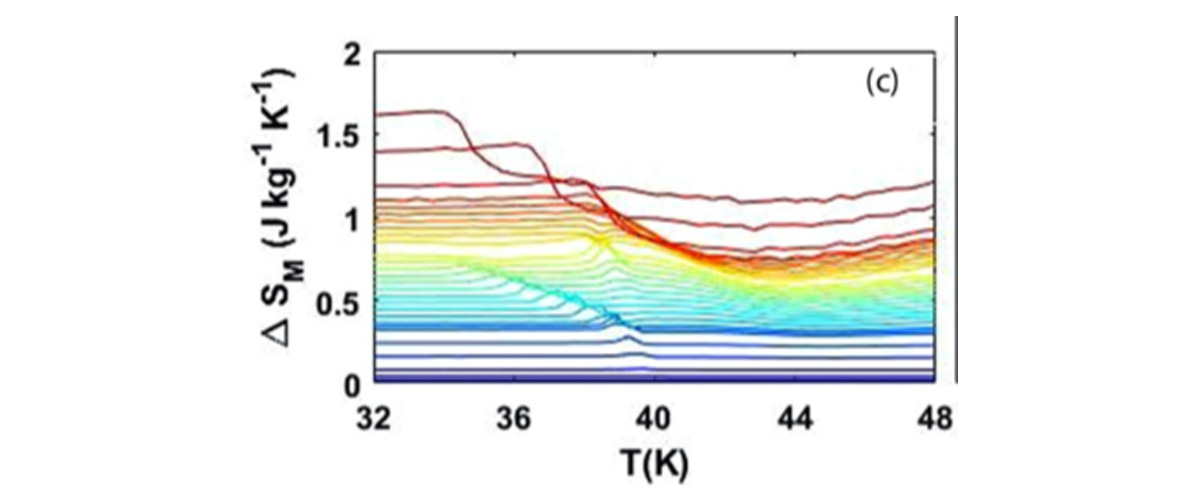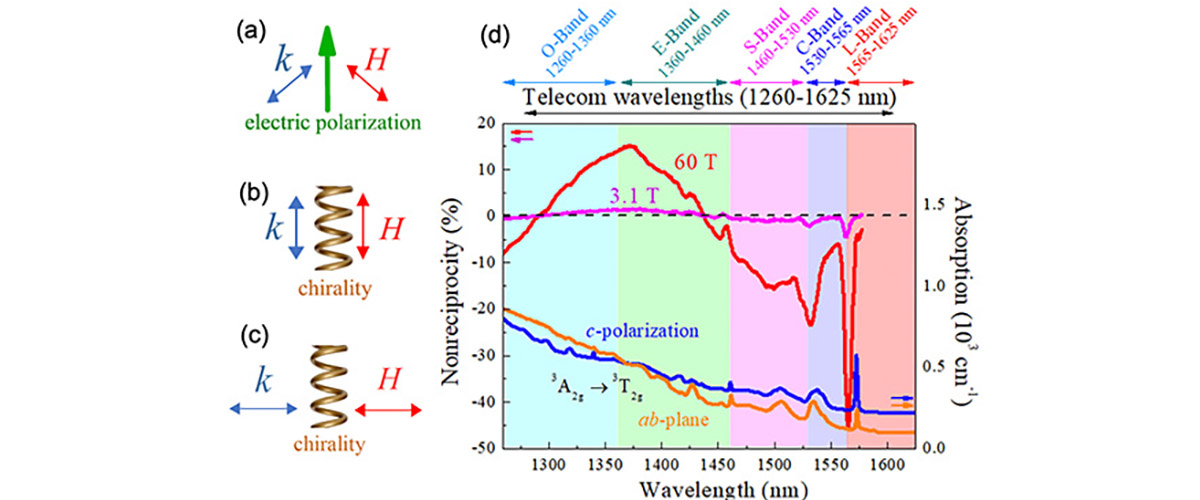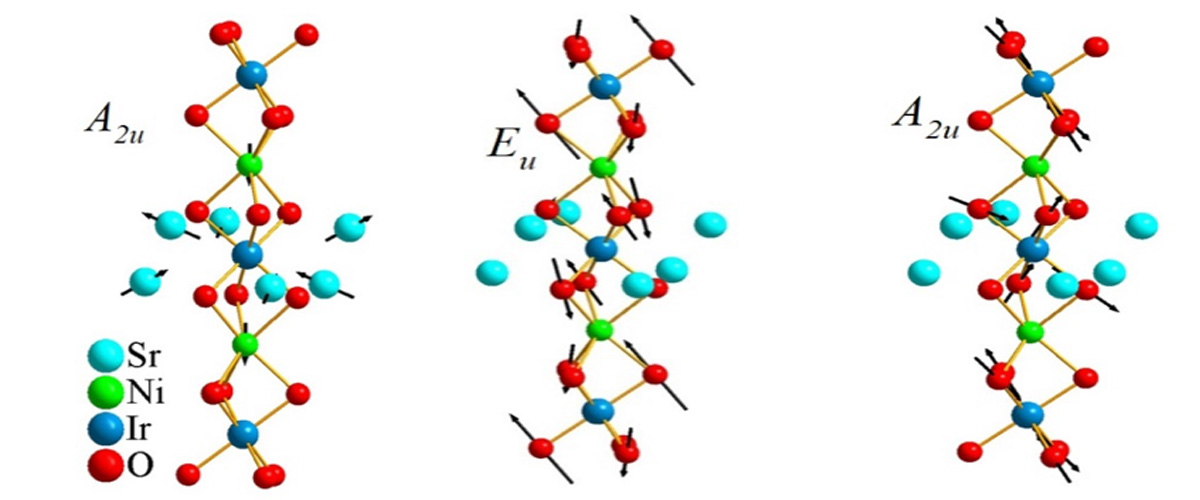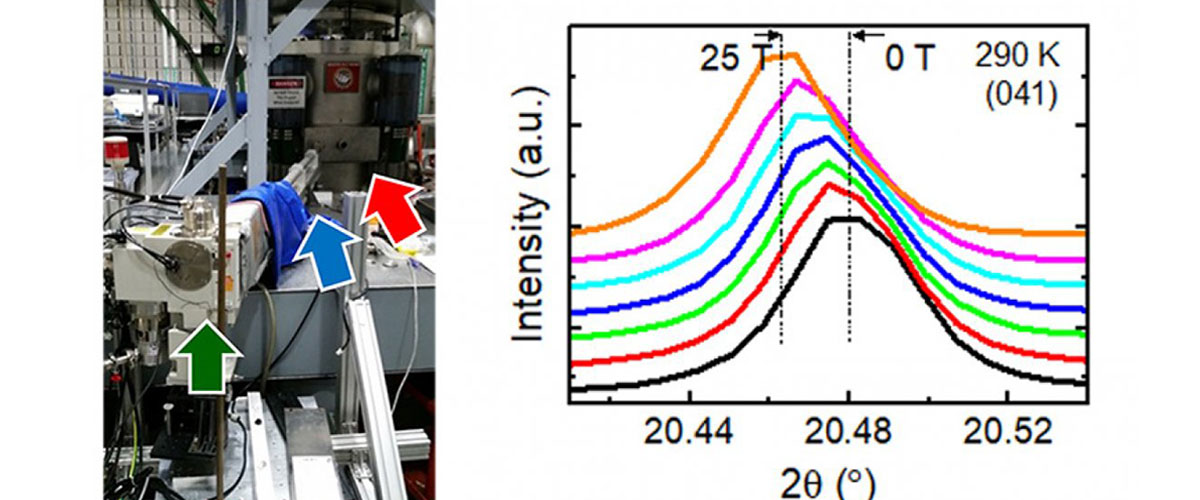What did scientists discover?
Providing instrumentation and expertise on low-magnetic-field systems at the MagLab creates a new path for scientists from non-Research 1 (non-R1) institutions to perform research at the MagLab. Results from these initial low-field experiments can create a stronger scientific case and greater access for future magnet time requests on the MagLab's unique, oversubscribed and highly-competitive high-field magnet systems.
Why is this important?
One of the requirements of the MagLab's competitive, peer-reviewed process for accessing high field magnet time is prior data taken at lower magnetic fields that demonstrates a need for access to higher-field magnets. Most non-R1 institutions do not have low magnetic field research instruments on their campuses due to the costs associated with purchase, operation (specifically access to liquid helium), and maintenance of these systems. This additional capability eliminates a de facto exclusion of non-R1 schools - including a large number of state universities, historically black colleges and universities and other minority-serving institutions - from accessing the MagLab's high field user facilities.
Who did the research?
C. Dhital1, J.F. DiTusa2
1Kennesaw State University; 2Louisiana State University
Why did they need the MagLab?
The MagLab’s addition of two low-field research magnets to its DC Field Facility user program created an opportunity for Chetan Dhital, an early career faculty member from Kennesaw State University in Georgia, to perform important low-field characterization of topological skyrmion excitations in two materials on a 7 tesla Quantum Design superconducting magnet that is not available at his home university. This research lead to intriguing results published in Physical Review B.
Details for scientists
- View or download the expert-level Science Highlight, Bridging the Research Capability Gap to Access Scientists at Smaller Institutions
- Read the full-length publication Entropic signatures of the skyrmion lattice phase in MnSi1-xAlx and Fe1-yCoySi, in Physical Review B
Funding
This research was funded by the following grants: G.S. Boebinger (NSF DMR-1157490, NSF DMR-1644779); J.F. DiTusa (DOE DE-SC0012432)
For more information, contact Tim Murphy.






